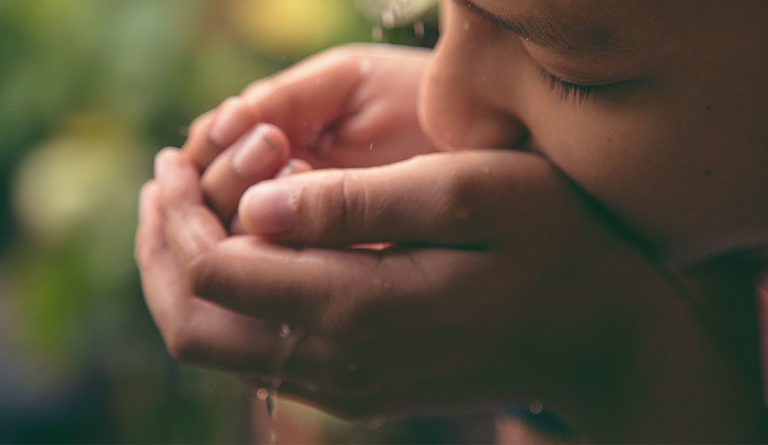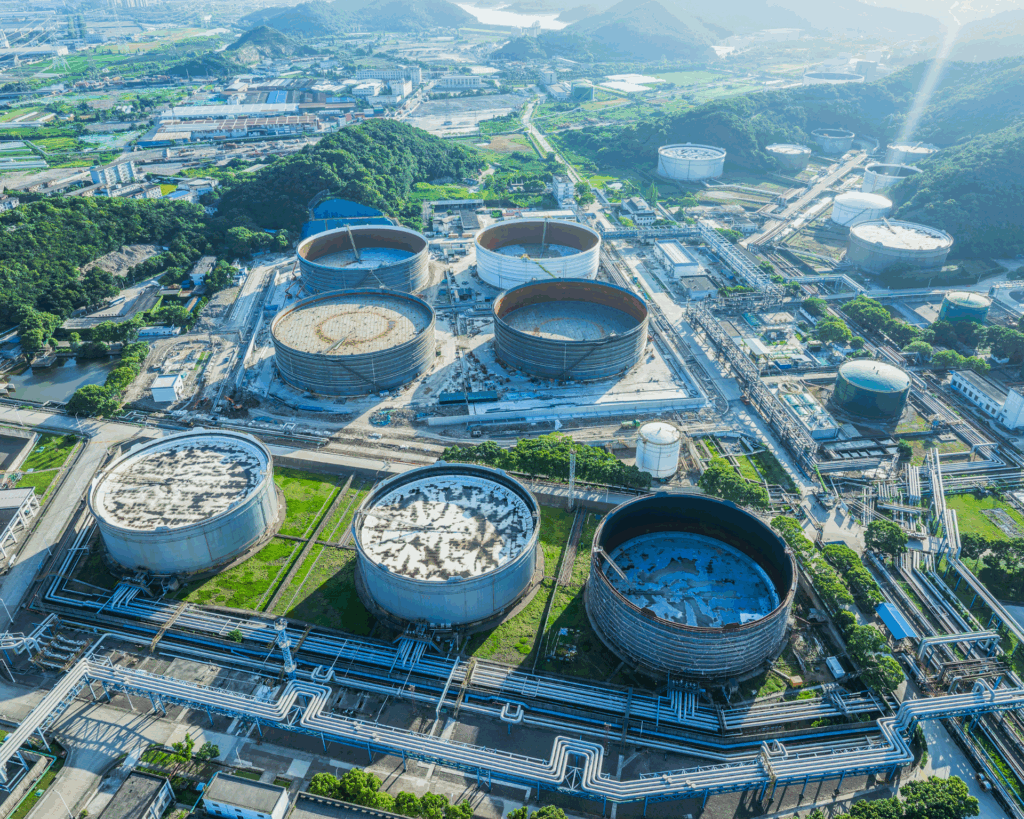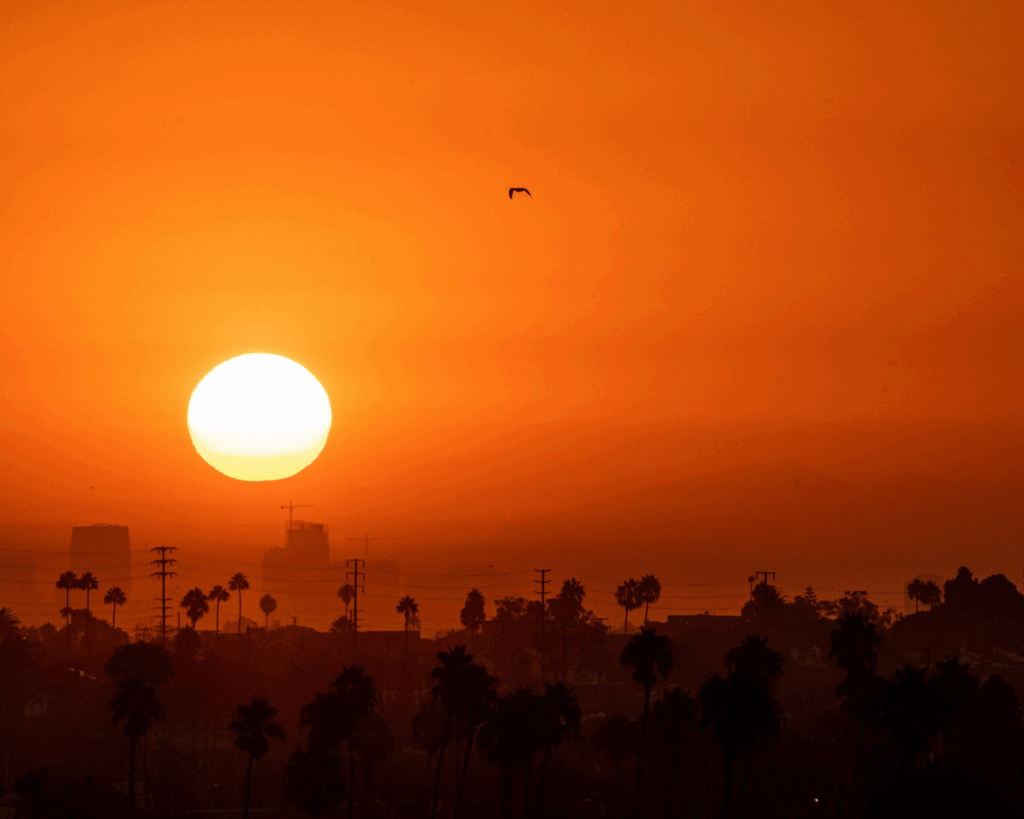Green Crime of Colonization
U.S. colonial and military activity has created legacies of environmental pollution in the U.S. Pacific territories of Guam, American Samoa, and the Northern Mariana Islands.

Read Time: 4 minutes
Published:
This is Part 1 of a four-part series during AAPI Heritage Month to highlight the impact of colonialism on Pacific Islanders in the U.S. territories.
In 1992, Congress officially recognized the month of May as Asian American and Pacific Islander (AAPI) Heritage Month. It is a month to honor and celebrate all people of AAPI heritage who have enriched the history and culture of the United States. More than 19 million AAPIs call the United States home. Yet, we often forget about the more than 250,000 who live in the three U.S. Pacific territories: Guam, American Samoa, and the Northern Mariana Islands.
These islands offer dreams of white sandy beaches and clear blue waters. However, this idyllic scene is darkened by a centuries-long history of imperial and colonial rule. The United States seized the islands in the late 19th century to begin building its military presence in the Pacific. During World War II, these islands became a prime location for attacking the Japanese, as well as maintaining communication and trade routes.
Ammunition and chemicals from the war were released, dumped and stored on the islands. These toxic remnants continue to impact the surrounding environment. Many U.S. military sites remain in operation today, further poisoning the health of local populations.
Researchers Thomson and Samuels-Jones identified green criminal violations in the U.S. territories. They explored instances where air, water, and solid waste pollution exceeded legal limits using 2013-2017 information from the EPA’s Enforcement and Compliance History online database.
The authors found the majority of violations occurred at U.S. military sites. In Guam, the three military bases still in operation contribute to a laundry list of environmental damages. At Anderson Air Force Base, hazardous materials including gasoline, pesticides, metals, and munitions sit in unlined landfills and storage areas. Since the base sits above an aquifer, these dangerous chemicals could leak into underground water sources. This poses a major health hazard for the island’s residents who rely on the aquifer for drinking water.
Additionally, U.S. military bases on Guam consistently violate air quality standards. Fuel burning at Apra Harbor’s Naval Base releases excessive sulfur dioxide emissions that violate the Clean Air Act. Inhaling sulfur dioxide can cause respiratory health problems, particularly among children and people with asthma.
U.S. colonial and military activity has created legacies of environmental pollution.
U.S. military sites have also inflicted damage in American Samoa. American Samoa has fewer active military bases than Guam, but earlier wartime activity continues to impact the health of local populations. During World War II the U.S. stored fuels at a military installation that today is the site of Pago Pago Elementary School. The soil and groundwater at the school are still contaminated with fuel compounds and heavy metals including lead, barium and mercury.
Fuel compounds can cause respiratory problems and decrease immune function. Lead poisoning is also a serious concern, particularly for children who play directly in the soil and kick up lead-contaminated dust. Even low lead levels can negatively affect children’s brain development, IQ and behavior. Yet, the effect of these harmful compounds on the health of children at the school has not been formally evaluated.
U.S. colonial and military activity has created legacies of environmental pollution. For native Pacific Islanders, this history is still alive. Local activists in Guam and American Samoa are leading the fight against new military projects and are drawing attention to violations that have both environmental and health consequences for the local population.
Next week we examine the impact of colonization on diet and nutrition in the Pacific Islands.
Photo via Getty Images



